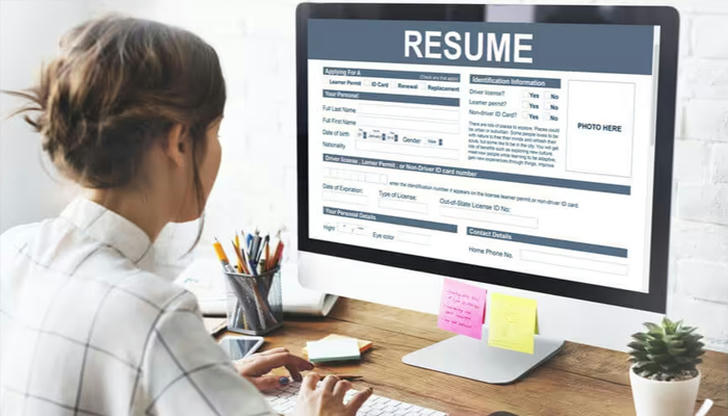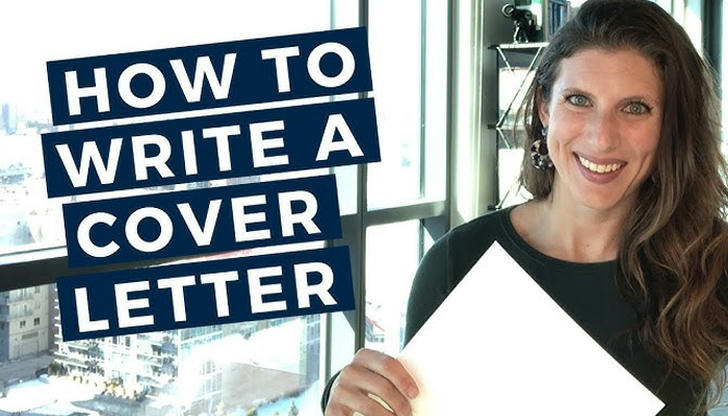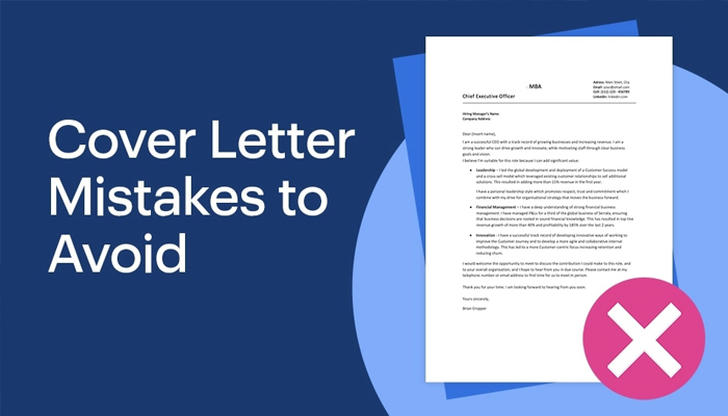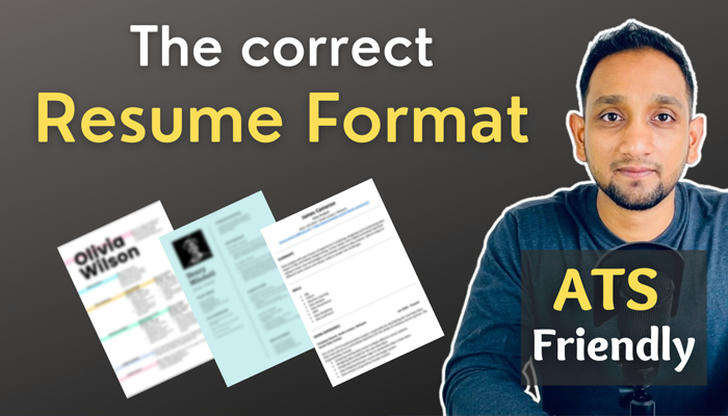Crafting a Winning Resume and Cover Letter: Tips That Get You Noticed
In today's competitive job market, having a strong resume and cover letter is essential. These documents are often the first impression you make on a potential employer, and they can be the key to getting noticed. This article will provide you with practical steps to craft a resume and cover letter that showcase your skills and increase your chances of landing the job.

1. The Essentials of a Winning Resume
a. Tailor Your Resume to the Job
Each job is unique, and your resume should reflect the specific requirements of the role you're applying for. Carefully read the job posting and note the skills, qualifications, and experience the employer is looking for.
Highlight relevant skills and experience: If the job requires specific skills, make sure to emphasize them in your resume.
Use keywords from the job posting: Incorporating these keywords will help your resume get noticed by Applicant Tracking Systems (ATS), which many companies use to screen resumes.
b. Organize Your Resume Effectively
Your resume should be easy to read and scan quickly. Hiring managers often look at resumes for only a few seconds, so it's important to structure your document in a clear and organized way.
Key sections to include:
Contact Information: Include your name, phone number, email, and LinkedIn profile.
Summary/Objective: A brief statement about your career goals and what you bring to the role.
Experience: List your most recent jobs first, focusing on accomplishments and skills.
Education: Include your highest level of education and any relevant certifications.
Skills: Highlight key skills that are important to the job.
c. Use Action Words and Quantify Achievements
Instead of simply listing your job duties, use action words to describe what you achieved. Numbers and statistics can also demonstrate your impact.
Action words: Use strong verbs like "managed," "led," "improved," or "achieved."
Quantify your results: For example, "Increased sales by 15%" or "Managed a team of 10."
d. Keep the Formatting Simple
Ensure that your resume is clean and professional. Use easy-to-read fonts like Arial or Calibri and make sure the layout is consistent throughout the document.
Avoid cluttering your resume with too much text or graphics.
Use bullet points to make your experience and skills easy to scan.
2. Writing a Compelling Cover Letter

a. Address the Hiring Manager
Whenever possible, address the hiring manager by name. This shows that you've done your research and adds a personal touch.
Use "Dear Hiring Manager" only if you cannot find the name of the hiring manager.
Show your enthusiasm for the company and the role in the opening sentence.
b. Start with a Strong Introduction
The introduction is your chance to grab the employer’s attention. Be sure to explain why you’re excited about the job and briefly highlight your qualifications.
Mention how your skills match the job requirements.
If you were referred by someone, mention their name to create a connection.
c. Highlight Your Skills and Experience
The body of your cover letter should explain why you’re a great fit for the role. Focus on specific examples of your experience and how it relates to the job.
Match your skills to the company’s needs by providing examples of how you’ve succeeded in similar roles.
Be concise and specific—avoid repeating what’s already in your resume.
d. End with a Strong Conclusion
Finish your cover letter by expressing your eagerness to discuss the role further. Thank the hiring manager for considering your application.
Use a professional closing like "Sincerely" or "Best regards."
Reaffirm your interest and suggest a follow-up action, such as scheduling an interview.
3. Common Mistakes to Avoid

a. Typos and Grammatical Errors
Typos can make a bad impression. Proofread your resume and cover letter multiple times before submitting them.
Use tools like Grammarly to catch common mistakes.
Ask someone else to review your documents for clarity and errors.
b. Being Too Generic
Don’t use the same resume and cover letter for every job application. Tailor them to each specific role.
- Customize your documents for each job you apply for, highlighting the most relevant skills and experience.
c. Overloading with Irrelevant Information
Keep your resume and cover letter focused on what matters most for the job.
Omit information that isn’t relevant to the role you’re applying for.
Stick to key accomplishments and experiences.
4. Optimizing Your Resume for ATS (Applicant Tracking Systems)
a. Use Keywords from the Job Description
ATS software scans resumes for specific keywords related to the job. To increase your chances of getting your resume noticed, use the same language as the job description.
Include relevant keywords that align with the role’s requirements.
Match the job description to your skills and experience.
b. Keep Formatting Simple for ATS
ATS software can struggle to read complex formatting. Use simple text-based formatting to ensure your resume is compatible.
Avoid graphics, tables, or fancy fonts that might confuse the ATS.
Use standard headings like "Work Experience" and "Education" to ensure the system can easily identify key sections.

5. Final Tips for Success
Update your resume regularly to include new skills, achievements, and roles.
Tailor each application to the specific job and employer.
Be concise and focused—employers don’t have time to read long resumes or cover letters.
Use a professional email address—avoid casual email addresses like "coolguy123" or "partyqueen."
6. Conclusion
Creating a winning resume and cover letter doesn’t have to be complicated. By tailoring your documents to the job, highlighting relevant skills, and avoiding common mistakes, you can increase your chances of standing out to potential employers. Remember to keep your resume and cover letter clear, focused, and professional, and always tailor them to each specific application. With these practical tips, you'll be on your way to crafting documents that get you noticed.
